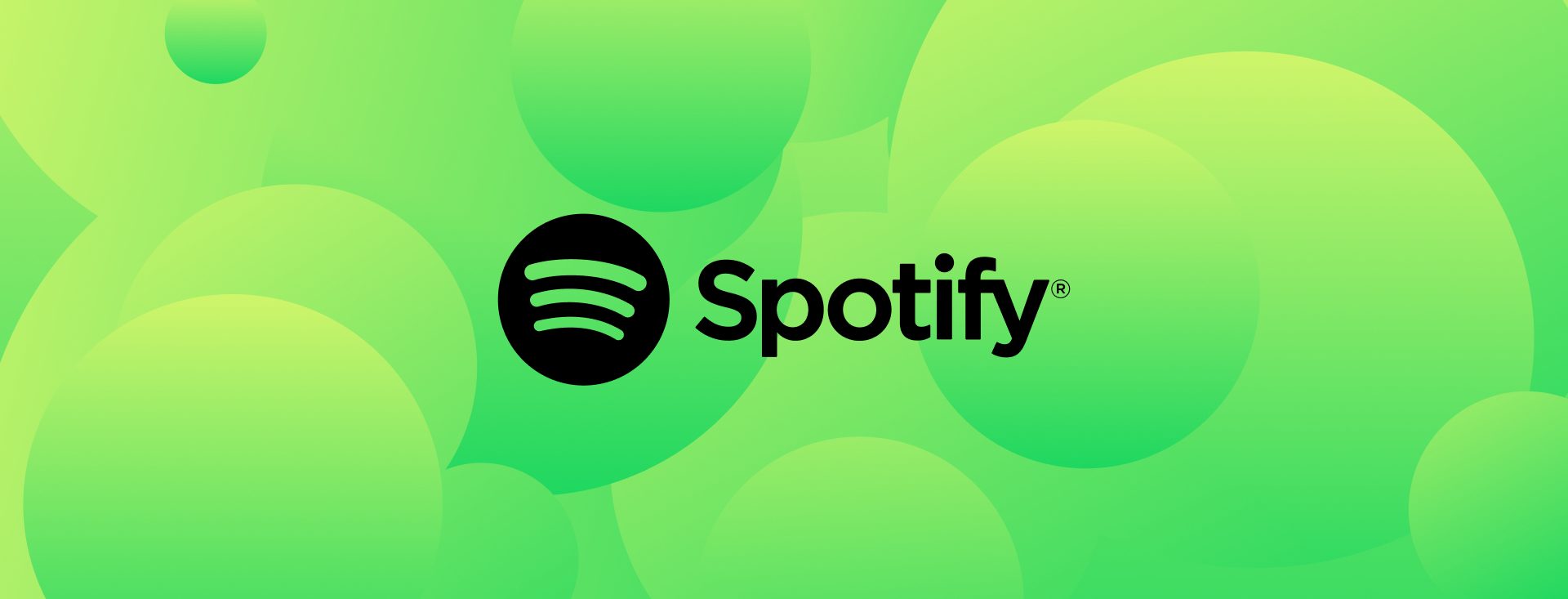In today’s rapidly evolving digital landscape, adaptability and agility are no longer just buzzwords; they are essential components for business survival and success. As industries continue to undergo transformative shifts, companies must embrace methodologies that enable flexibility, innovation, and rapid iteration. One such methodology that has gained significant traction in recent years is the Spotify AGILE model.
Originally developed by Spotify, the popular music streaming service, the Spotify AGILE model has transcended its origins in the tech world to become a widely adopted framework for organisational agility across various industries. Let’s delve into what the Spotify model entails and explore how it can benefit businesses.
Understanding the Spotify AGILE Model
At its core, the Spotify AGILE model is an agile framework designed to foster collaboration, autonomy, and continuous improvement within organisations. It draws inspiration from agile principles, lean thinking, and the Scrum framework while incorporating Spotify’s unique organisational culture and structure.
The Spotify AGILE model is characterised by its emphasis on cross-functional teams, known as squads, which are organised around specific missions or areas of focus. These squads operate autonomously, with the freedom to choose their own working methods and tools. Additionally, squads are grouped into larger units called tribes, which share a common mission or business objective. Chapters and guilds provide additional support and opportunities for knowledge sharing and collaboration within the organisation.
Key components of the Spotify AGILE model include:
- Squads: Small, cross-functional teams responsible for delivering specific features or components.
- Tribes: Collections of squads aligned around a common mission or product area.
- Chapters: Groups of individuals with similar skills or interests, regardless of their squad or tribe affiliation.
- Guilds: Communities of practice focused on sharing knowledge and best practices across the organisation.
Benefits for Businesses
Now, let’s explore how the Spotify AGILE model can benefit businesses of all sizes and industries:
- Enhanced Collaboration: By organising teams into small, autonomous squads, the Spotify AGILE model encourages collaboration and communication across functional boundaries. This fosters a culture of teamwork and collective ownership, leading to higher levels of productivity and innovation.
- Increased Flexibility: The decentralised nature of the Spotify AGILE model allows organisations to respond quickly to changing market conditions and customer needs. Squads have the autonomy to adapt their priorities and processes in real-time, enabling faster decision-making and more efficient resource allocation.
- Improved Product Quality: With a focus on continuous delivery and feedback loops, the Spotify AGILE model promotes a relentless pursuit of excellence. By releasing smaller, more frequent updates, teams can gather feedback from users and stakeholders early in the development process, allowing them to iterate and improve their products rapidly.
- Empowered Teams: In the Spotify AGILE model, teams are given a high degree of autonomy and responsibility. This autonomy empowers individuals to take ownership of their work and make decisions that drive business outcomes. As a result, teams are more motivated, engaged, and accountable for their success.
- Cultural Transformation: Adopting the Spotify AGILE model requires more than just implementing new processes; it entails a cultural shift towards agility, collaboration, and continuous learning. By embracing these values, organisations can break down silos, foster a growth mindset, and create an environment where innovation thrives.
Conclusion
In an era defined by complexity, uncertainty, and rapid change, the AGILE model offers a compelling approach to navigating the challenges of the modern business landscape. By prioritising collaboration, flexibility, and empowerment, organisations can unleash the full potential of their teams and drive meaningful results.
While implementing the Spotify AGILE model may require time, effort, and a willingness to embrace change, the benefits far outweigh the costs. Whether you’re a startup looking to disrupt the market or an established enterprise seeking to stay ahead of the competition, adopting agile practices inspired by the Spotify model can help position your business for long-term success in an increasingly dynamic world.
This new way of working also means that potentially everyone in the organisation needs to develop crucial leadership skills, both to lead and influence, but also successfully manage projects and design bespoke programmes to support their colleagues. Those looking to adopt the AGILE Model may also consider a tailored Leadership Development or Academy programme as part of their organisational change.














